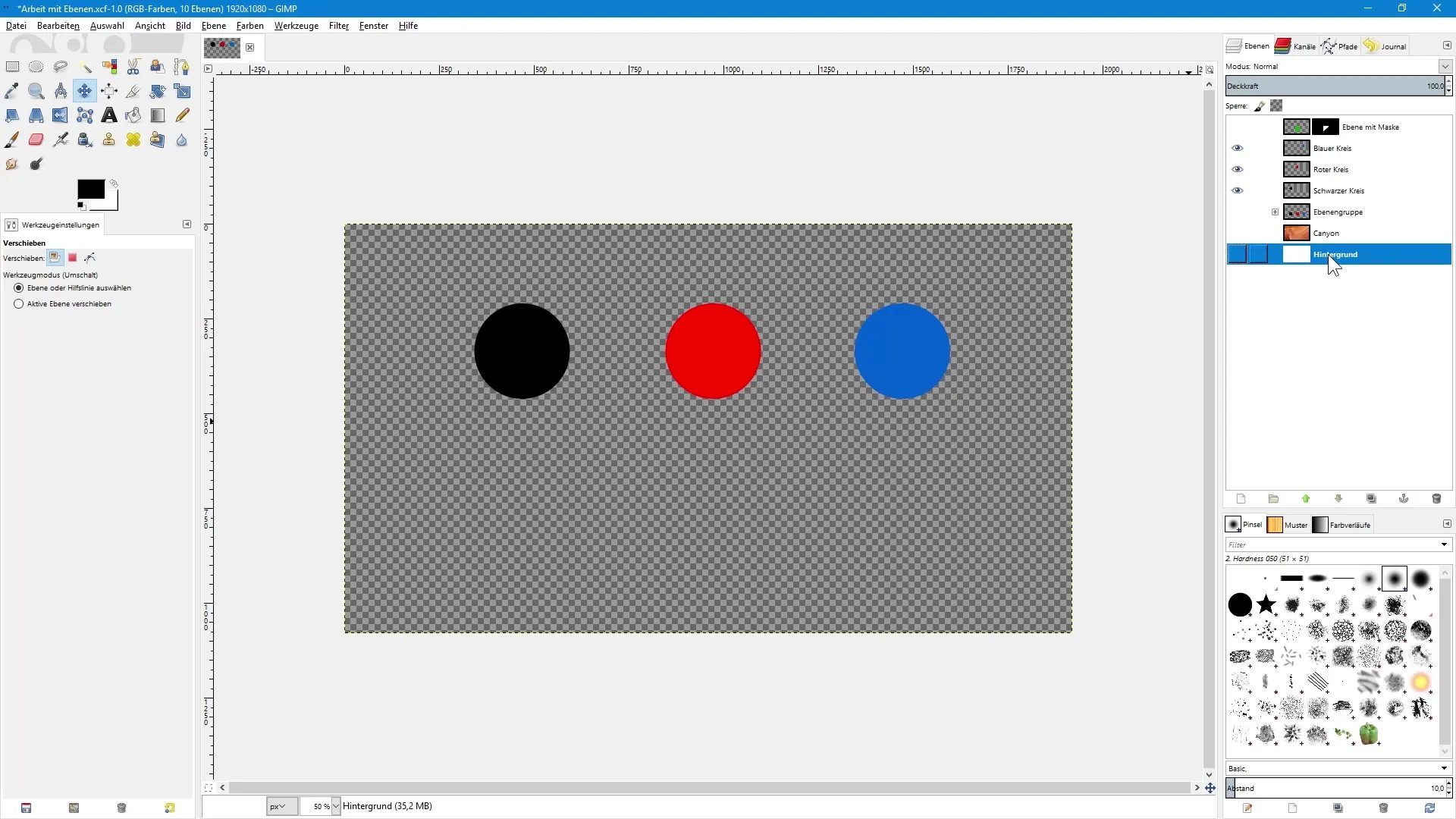GIMP is a powerful graphic editing program that offers you a variety of ways to implement your creative ideas. A fundamental concept in GIMP is layers. In this tutorial, you will learn how to work effectively with layers — from creating and editing to organizing and grouping. By the end, you will be able to conduct your image editing projects in a much more structured and efficient manner.
Key insights
- Layers are fundamental building blocks in GIMP.
- You can move, group, and control the visibility of layers.
- Layer masks allow for complex masking effects.
- It is important to save in XCF format to preserve all layers.
Step-by-step guide
To help you understand the handling of layers in GIMP, we will break down the steps into understandable sections. Each step contains an explanation and a corresponding screenshot variable.
Creating your first layer
To create a new layer, select the paper icon in the layers palette. A dialog will appear where you can enter the name of the layer. To make the example clear, we will name the new layer "Background" and set the background to transparent.

Now you can see the new layer in your layers palette. You can also make additional adjustments to this layer.
Controlling layer visibility
You have the option to make layers visible or invisible. If you click the eye icon next to the corresponding layer in the palette, it will be hidden. To show it again, click the eye icon again.

With this feature, you can work focused on specific layers without being distracted by other layers.
Moving and arranging layers
To change the order of layers, you can simply drag them up or down in the layers palette. For example, click on a layer and drag it to the desired position. This becomes clear when working with a black, red, and blue circle. You can arrange the layers as you like and control their visibility.
Using the move tool
Activate the move tool to move a layer. If you enable the "move active layer" option, you can only move the selected layer. If this is not activated, just select a layer when moving without marking it in the palette.
This option makes it easier to work with more complex projects.
Working with layer masks
To use a layer mask, you first need to create a new layer. Right-click on the layer and select "Add layer mask." This mask can then be edited, for example, by painting to hide parts of the layer.

With such a mask, you can create complex transparency effects that give your image special depth.
Grouping layers
To increase clarity, you can group layers. To do this, select the desired layers, click on the folder icon in the layers palette, and name the group. This groups all selected layers together, allowing them to be edited collectively.
Grouping layers is particularly helpful for projects with many changes because you can move or edit many layers at once.
Using layer settings and opacity
Each layer can have a certain opacity. You can adjust the transparency of the layer in the properties by moving the slider. A lower opacity makes the underlying layers visible, which can be used for creative effects.
If you want to work more precisely, you can right-click to select the "Blending modes" option to change how the current layer interacts with those beneath it.
Using the scaling tool
When working on an image, it is important to duplicate the file before making major changes. You can do this by right-clicking on the layer and choosing "Duplicate layer." This way, you can always return to your original if the result does not meet your expectations.

To scale images, select the scaling tool and adjust the size while holding down the shift key to maintain proportions.
Saving your work
To save all your changes, go to "File" and select "Save As." It is recommended to save in XCF format so that all layers are preserved. The JPEG format only saves the visible layer and loses all others, meaning you will be restricted in editing.

Summary – Guide to working with layers in GIMP
In conclusion, it can be said that effective handling of layers in GIMP is crucial for successful image editing. You have learned how to create, adjust, and group layers, as well as the importance of visibility and masking. With these techniques, you will be able to undertake sophisticated designs and edits.
Frequently asked questions
How do I create a new layer in GIMP?Click on the paper icon in the layers palette and name the new layer.
How can I make layers visible or invisible?Use the eye icon in the layers palette to control visibility.
How can I arrange layers?Drag the desired layer up or down in the layers palette.
What is a layer mask?A layer mask allows you to hide parts of a layer and create transparency effects.
How do I save my file to keep all layers?Save the file in XCF format to retain all layers and adjustments.


